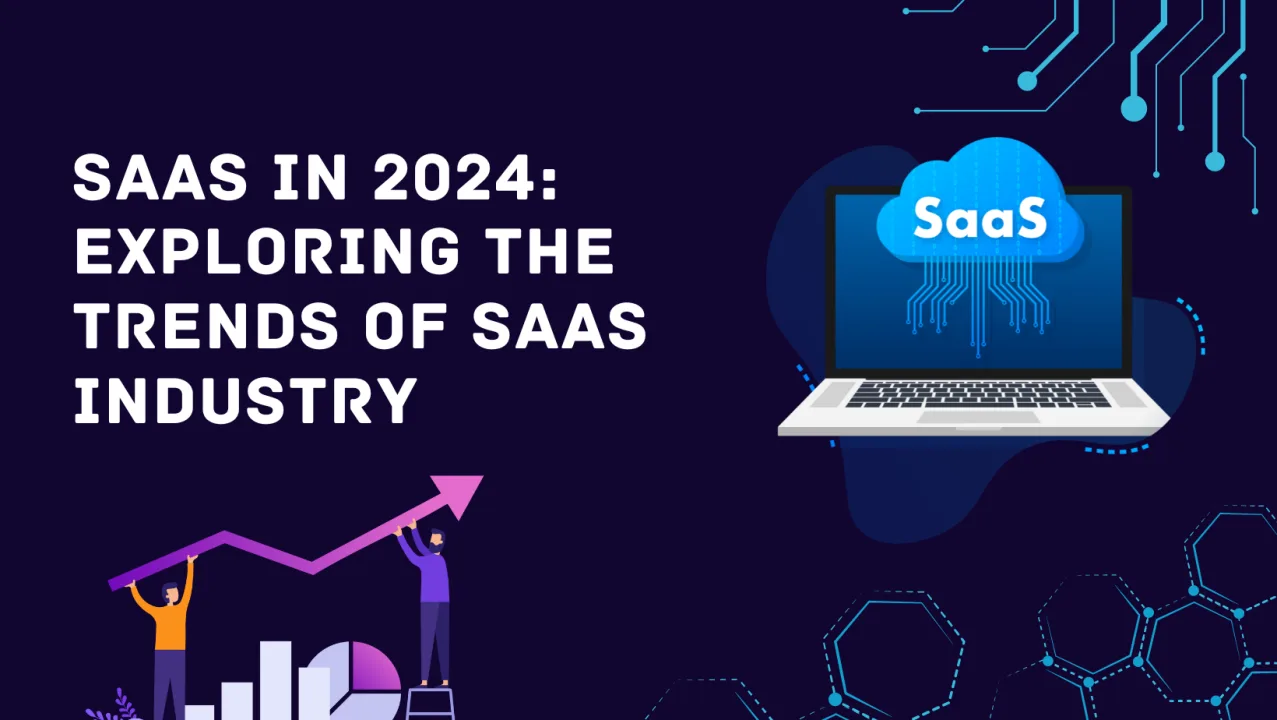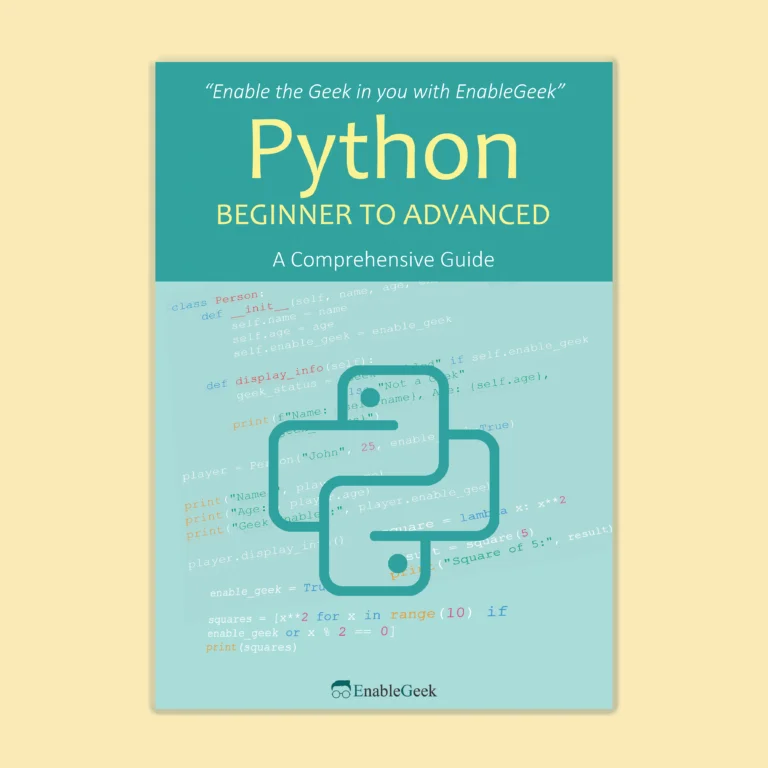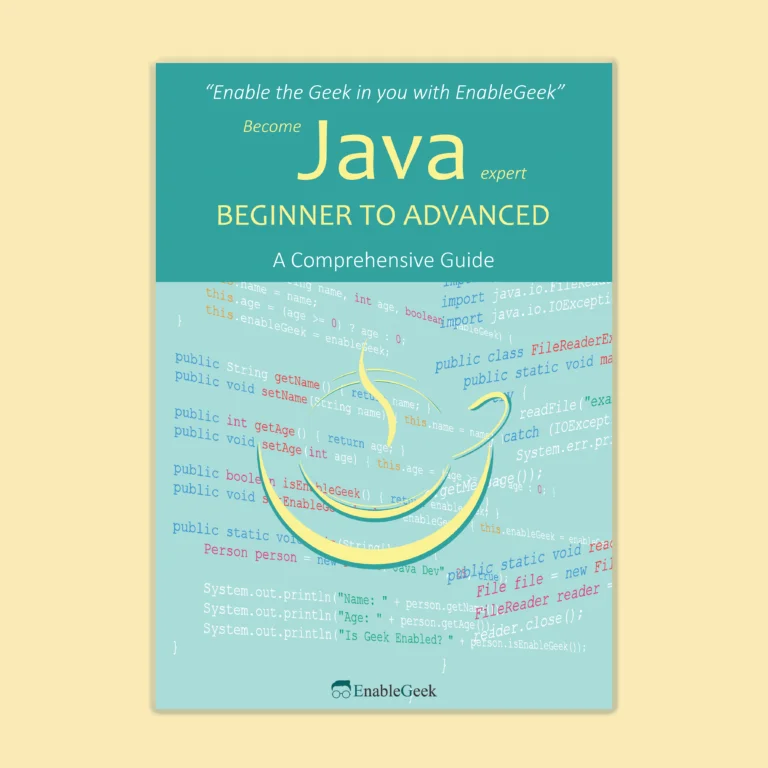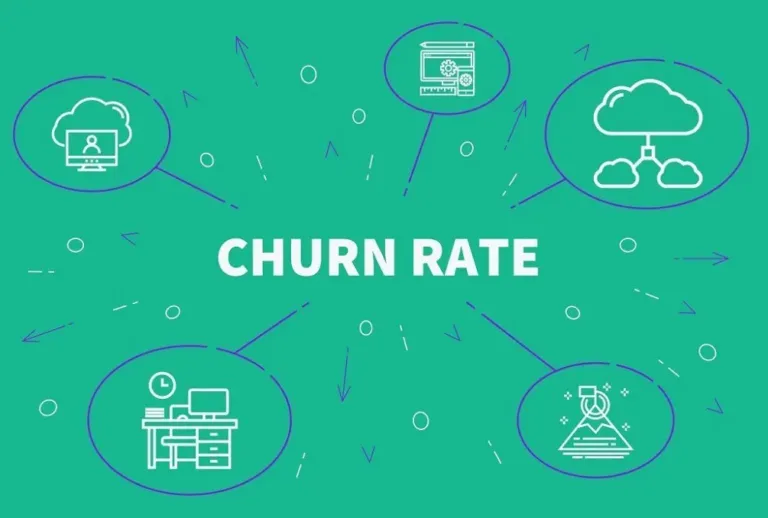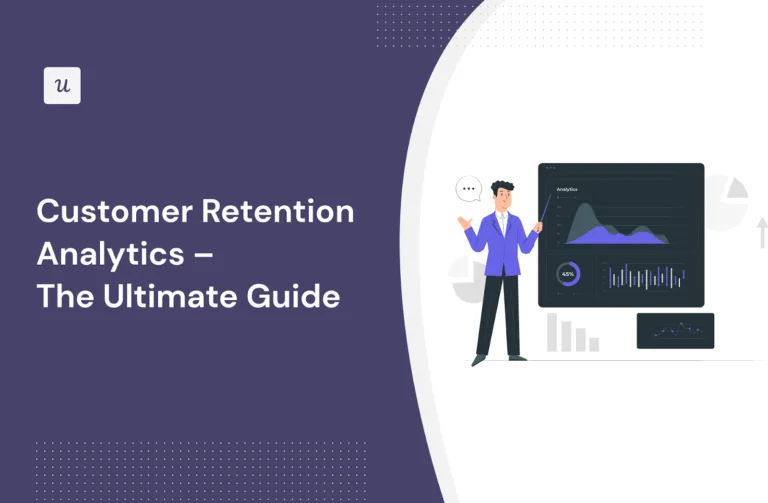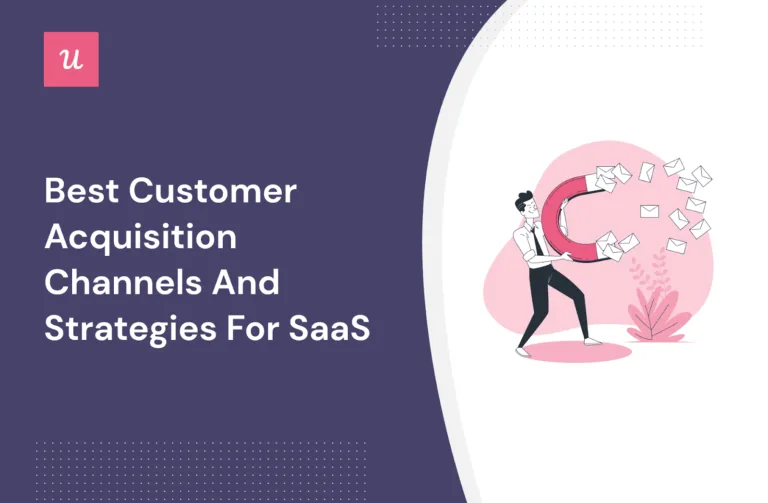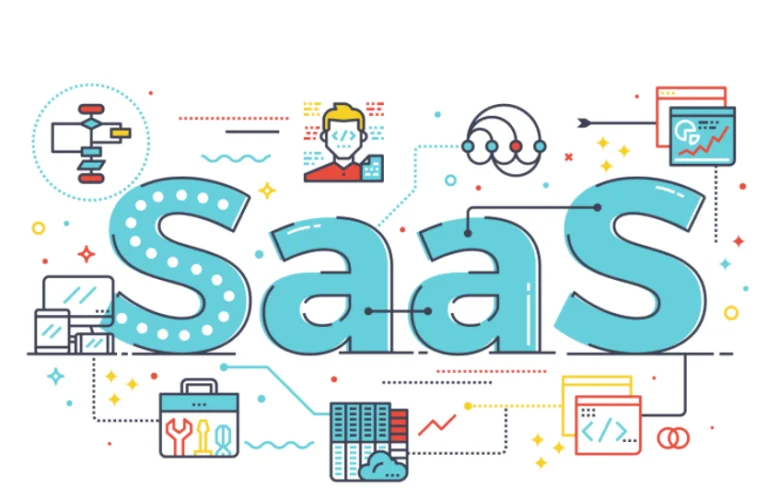This post is for you if you are still not using the SaaS platform and haven’t discovered the “perfect” business solution! The global software development as a service market is anticipated to grow by 7.33% between 2024 and 2028, reaching a market value of around $374.50 billion, thanks to the abundance of solutions available on the SaaS market via well-known cloud providers like Azure and AWS. This number is quite accurate; according to research by Harvey Nash Technology, 73% of executives across a variety of sectors utilize SaaS solutions to meet their objectives.
SaaS is a reliable option for various business models and industries, including construction, due to its simplicity, user accessibility, security, and widespread connectivity. It streamlines business models, resulting in maximum efficiency. 2023 was a breakthrough year for the SaaS world, and 2024 will be no different. The focus of our article today is on the SaaS industry trends for 2024 and the SaaS opportunities for personal and business growth. These trends point to a better future for us in terms of increased profitability, operational efficiency, document accessibility, and the ability to build websites and personal spaces using no-code development platforms. Sounds good? Next, to get the most out of SaaS technological developments, let’s examine each of them individually.
What’s SaaS (Software as a Service)?
Software as a Service (SaaS) is a subscription-based software licensing model that allows users to access applications on external servers. Google Docs, a popular example of SaaS, is a free, user-friendly cloud-based software solution that automatically saves documents without requiring installation. The main advantages of cloud services like Google Docs and Dropbox include data accessibility, security, and scalability. Users can retrieve their information from anywhere, anytime, and on any device. Cloud storage providers implement robust encryption protocols, multi-factor authentication, and regular security updates to ensure data safety from unauthorized access and cyber threats. With the increasing importance of data breaches and cyber-attacks, data security is crucial in 2024.
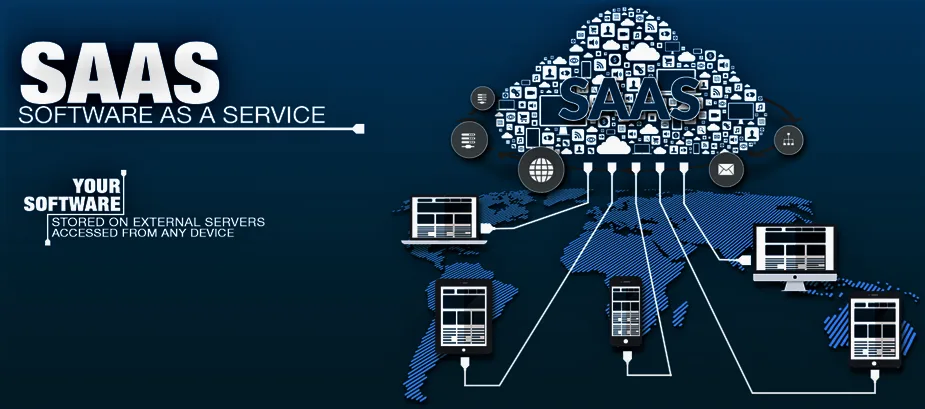
Scalability is another advantage of cloud storage solutions. Users can adjust storage resources based on demand, accommodating changing storage needs. Pre-paid subscriptions and storage sizes are available for those looking to expand their data storage capacity. Overall, SaaS offers a reliable and secure option for safeguarding sensitive information.
The Growth of Vertical SaaS
Vertical SaaS is a growing trend in the industry, focusing on providing industry-specific solutions tailored to specific sectors like healthcare, finance, real estate, and manufacturing. This approach is driven by the growing demand for customized software solutions that cater to niche markets. Vertical SaaS providers often have deep industry knowledge, allowing them to design solutions that address specific pain points and regulatory requirements. These solutions offer more customization options, enabling businesses to tailor the software to their unique processes and workflows.
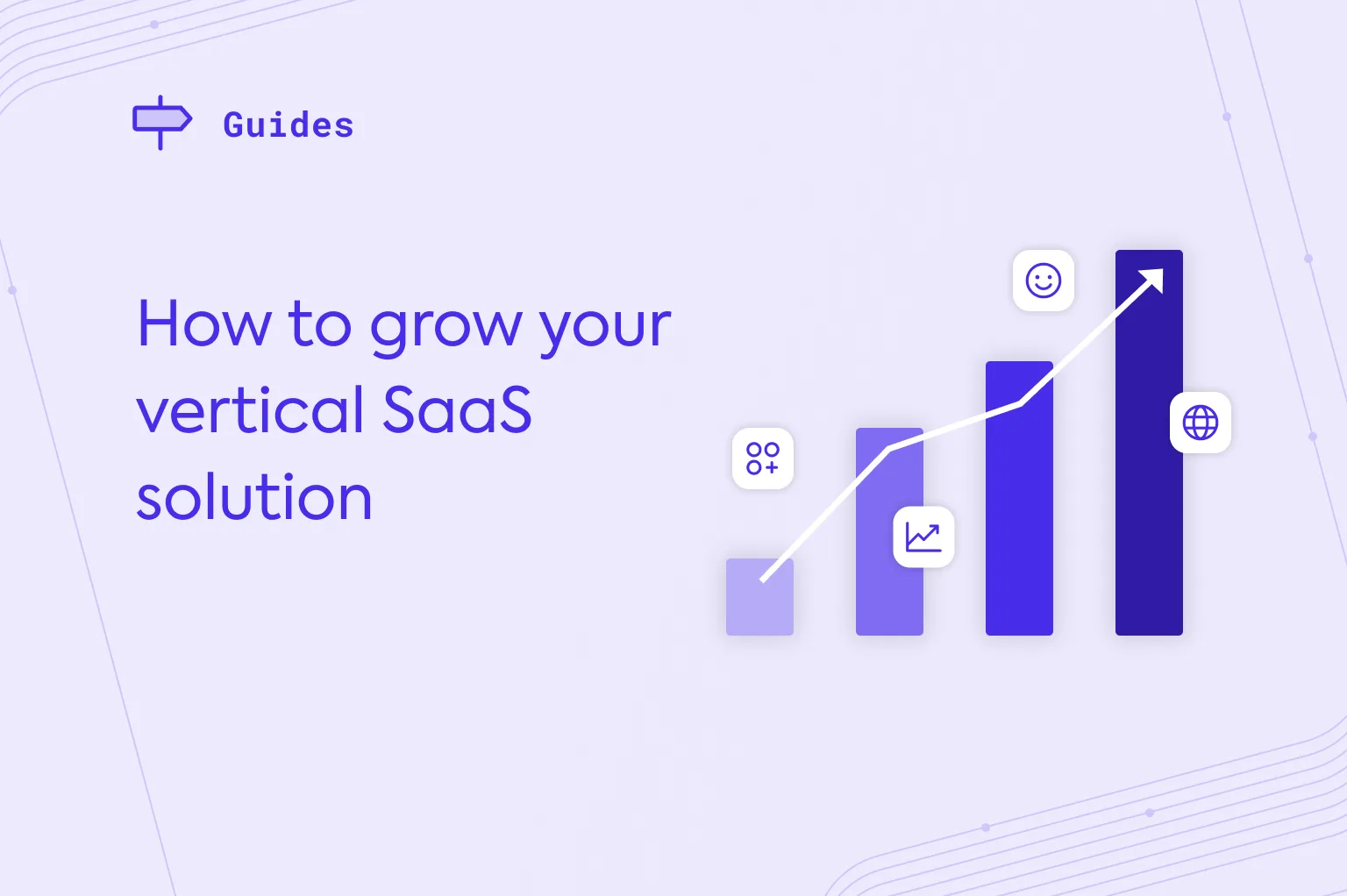
Key benefits of vertical SaaS include industry expertise, customization options, and faster implementation. Industries leading the vertical SaaS movement include healthcare, finance, real estate, and manufacturing. Healthcare is increasingly popular for SaaS solutions for electronic health records (EHR), telemedicine, and patient management. Financial services are adopting SaaS for risk management, compliance, and automated trading platforms. Real estate is gaining traction for SaaS solutions for property management, tenant screening, and virtual tours.
SaaS: The Essential Features
Before delving into our top software-as-a-service trends for 2024, it’s critical to define SaaS as both a functional business model and a technology advancement.
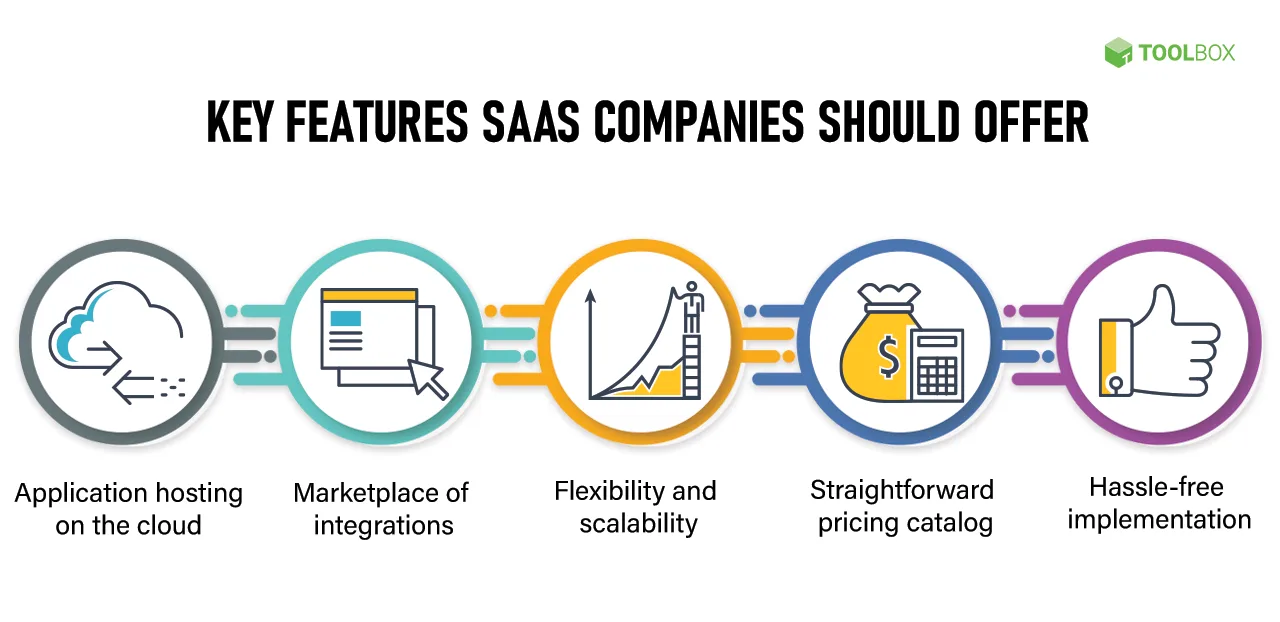
- Flexible payment options: Companies don’t have to shell out money for hardware and software purchases. Alternatively, they might choose to make use of different price structures. In today’s competitive market, flexibility in payment models allowing them to only pay for the resource consumption they require, for example, is appealing to many firms.
- Scalability: Because cloud-based SaaS is inherently scalable, it makes it simple for businesses to grow. Businesses have a choice in the features and options they desire.
- Updates: SaaS providers take care of the required software upgrades and gradually create new features, saving organizations a lot of time in this area of operations.
- Accessibility: SaaS is particularly useful for mobile platforms since it allows businesses to access apps from any digital device and location. It also has the advantages of being user-friendly and simple to operate.
- Adaptability: Businesses using SaaS technologies will be significantly better able to adjust to ongoing change or unanticipated organizational obstacles because of the endless amount of scalability, accessibility, and insight these tools and platforms offer.
- Security: Compared to many centralized, on-premises systems, most SaaS models are renowned for their enterprise-level security, which takes a more comprehensive approach to security. Existing disaster recovery procedures are used in cloud SaaS to handle any system outages. This implies that in the event of a breach or system failure, the data of your company remains accessible and safe.
- Enhanced cooperation: SaaS innovations make it easier for organizations to foster cooperation across teams and departments by facilitating file sharing and providing a clear and consistent reading and comprehension experience across platforms.
The Software-as-a-Service (SaaS) industry is expected to grow significantly in 2024, with Technavio estimating a CAGR of 19.19% between 2022 and 2027, reaching a value of US 313.45 billion. This growth is a significant increase from US 107.78 billion in 2017, and Gartner predicts significant growth in the global public cloud service market in 2024 and beyond. This growth is driven by the increasing reliance on innovative data discovery tools and technologies by businesses.
Top SaaS Trends In 2025
Once all has been said and done, let us take you through the Top SaaS Trends 2024 that you shouldn’t miss.
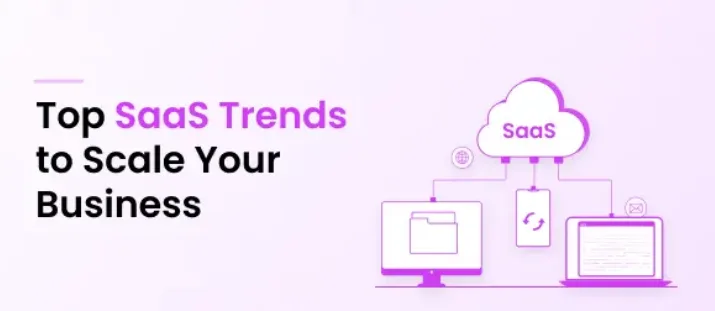
Generative AI
Artificial intelligence, or AI, has a big influence on how SaaS products are developed. An era of virtual assistants and chatbots has been powered by technology, which has a notable effect on customer service and engagement.

The technology changed and made way for generative artificial intelligence in 2023. Generative AI is now allowing a new wave of SaaS Development Solutions, based on customization and responsiveness, as a pioneering force and leading SaaS Trend. Technology is being used by several SaaS development companies to enhance SaaS-based products.
For example, Canva, an online design tool, now allows its users to create designs using AI, after ChatGPT’s meteoric rise in popularity. Salesforce, another well-known business, has jumped on the GenAI bandwagon and created “Einstein Copilot,” an AI bot that assists customers with a variety of tasks. No wonder, AI is galloping fast to become one of the Top SaaS Trends 2024, with a projected market value of $1,811.75 billion in 2030.
Focus on customer success
Business success is correlated with customer success. For this reason, a lot of businesses and organizations make sure that their clients or consumers succeed after using their services or buying their goods. In this manner, corporate profitability and client loyalty are directly correlated with such performance.
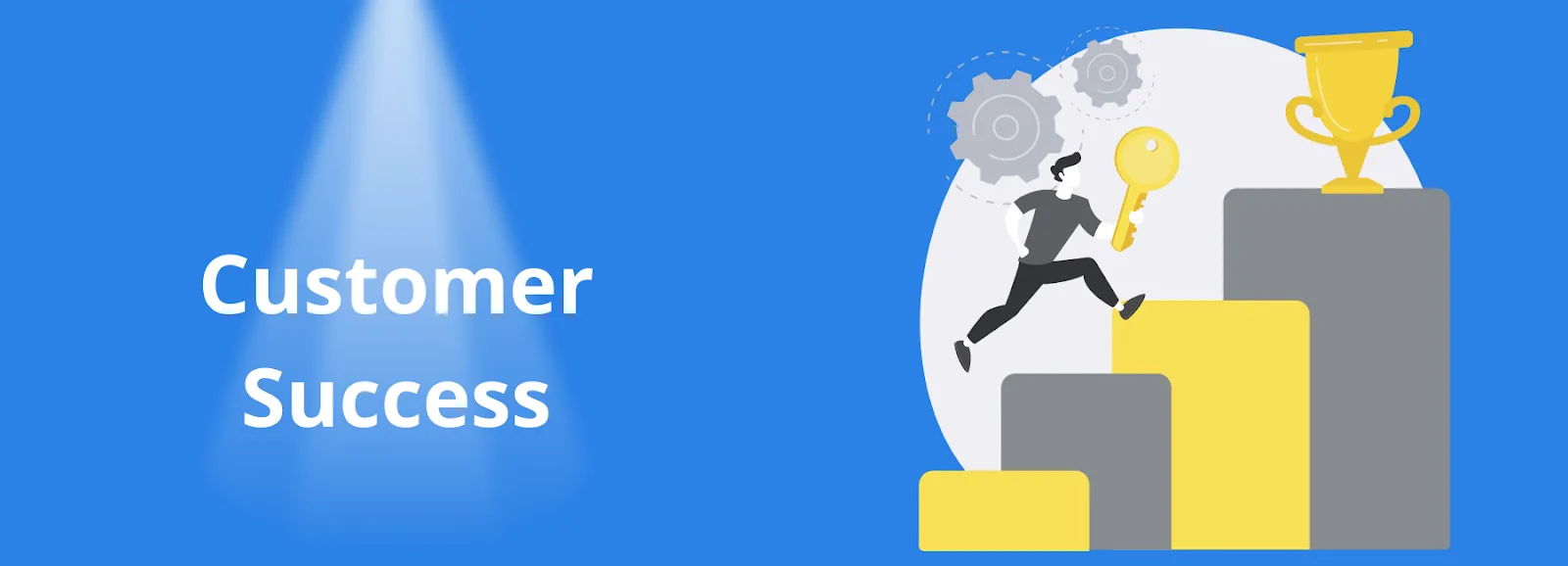
In today’s corporate environment, customer success has become a catchphrase, and this is also true for the SaaS sector. But it goes beyond simply giving clients the greatest experiences possible. Making sure clients get the most out of your SaaS offerings can help them succeed in their chosen fields.
According to more than 72% of companies, ensuring customer success is their main goal. The global market for customer success platforms is expected to reach $31 billion by 2026, and the figures don’t lie.
White-label SaaS development
The field of SaaS white labeling is expected to develop at an exponential rate by 2024. It’s one of the most popular trends in the SaaS industry. For those who are unaware, white-label software as a service development refers to a business strategy in which software companies create a complete platform and then sell it to another firm so that the latter may brand and sell it as their own.
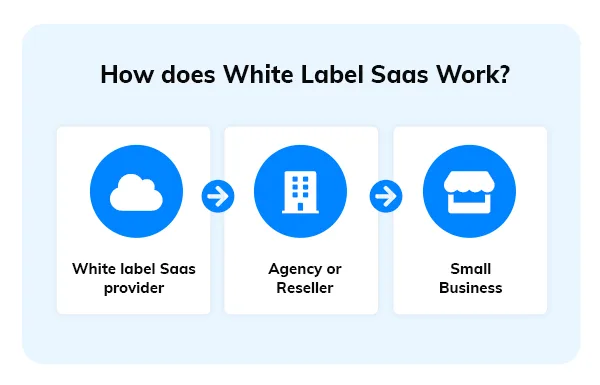
White-label SaaS solutions spare businesses from having to pay for development expenses and enable them to market innovative, one-of-a-kind goods and services quickly. Rather, they have greater leeway to concentrate on creating value propositions and expansion plans.
These days, with intense rivalry and shifting consumer demands, white-label SaaS offerings give businesses a competitive edge. They get to sell goods and services with value-added while keeping costs under control and their brand consistent.
Embedded finance
Expanding market opportunities for SaaS Development
According to McKinsey’s perspective, embedded finance is expanding rapidly and changing both the fundamental aspects of business and the relationships between merchants and consumers. Financial services are being linked with non-financial client experiences against the backdrop of a full-scale digital commerce revolution, with up to 33 percent of card spending occurring online.
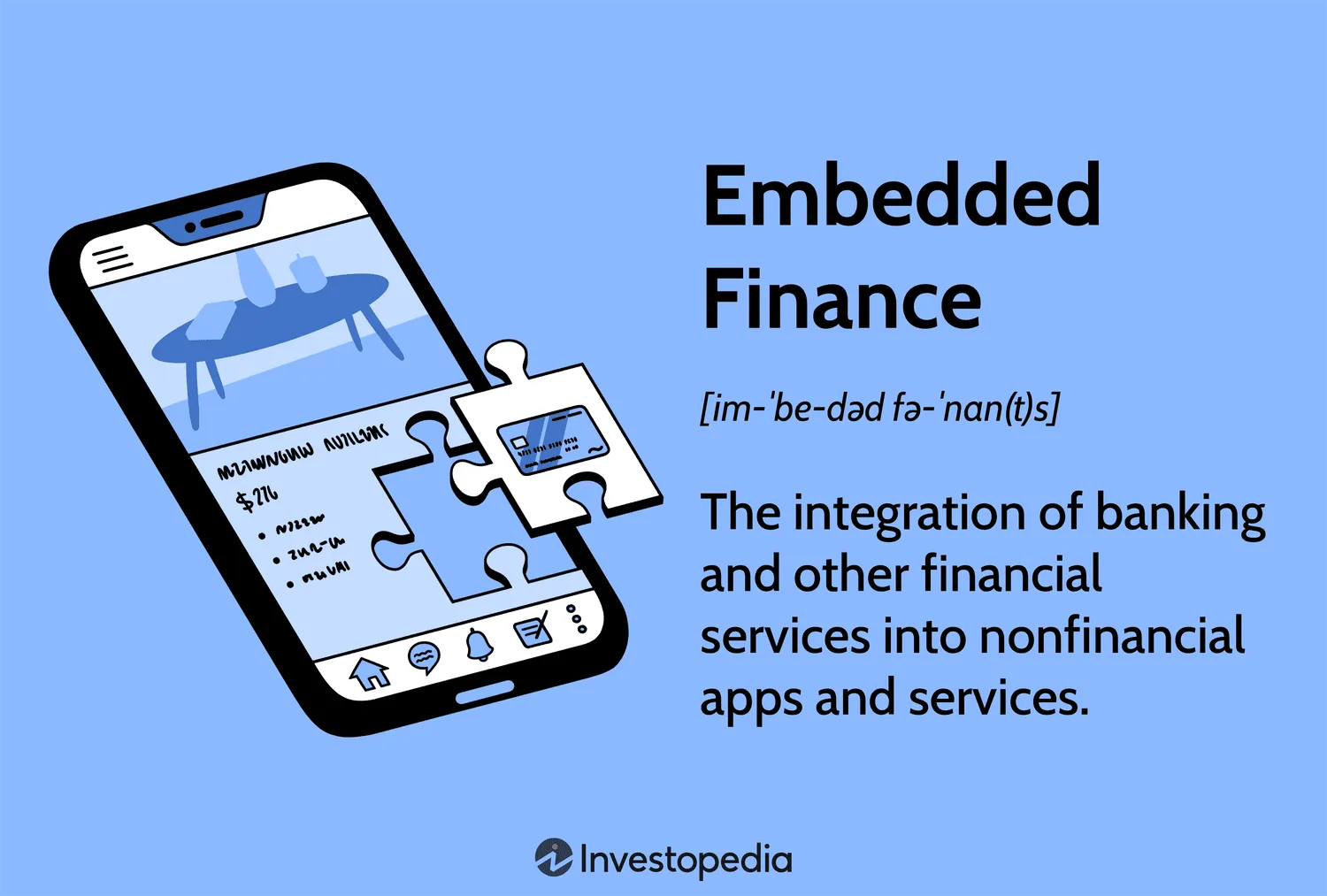
By including financial offers, SaaS development companies are giving their solutions more power and improving customer ease and accessibility, all the while spurring innovation and growing market potential.
All things considered, embedded finance is still emerging as one of the most potential SaaS Trends for 2024, transforming the interface between financial services and technology.
Platform-as-a-Service (PaaS)
Platform-as-a-Service (PaaS) is a dominant SaaS Trend in 2024, offering a cloud-based model that simplifies infrastructure management. Vendor-based PaaS solutions enable quick, efficient, and cost-effective application development, testing, deployment, and scaling. However, they may incur higher operational costs due to the lack of procurement of hardware and software components.
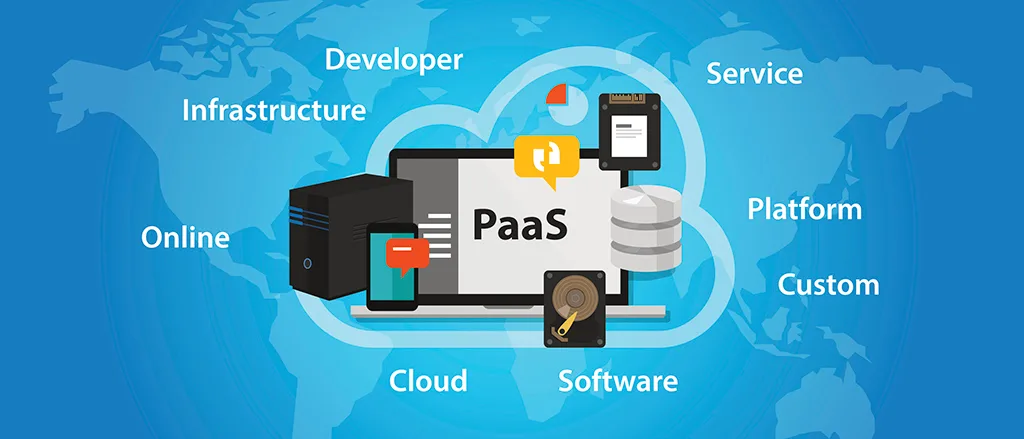
PaaS solutions aid in organizational agility and cost reduction by abstracting the infrastructural layer, allowing companies to focus on innovation. Leaders like Microsoft Azure, Heroku, and Google App Engine have led to exponential growth in the PaaS market, with a projected CAGR of 18.63% and an expected market size of $213.68 billion by 2030. The demand for cloud-based solutions, flexibility, scalability, and cost-effectiveness is driving this growth.
Prevalence of technological integration
Technological integration is a growing trend in the insurance industry, where companies can create a digital ecosystem by integrating multiple APIs through a robust API gateway platform. This approach allows companies to offer flexible solutions and gain a competitive advantage by integrating agency management systems, comparative rating systems, and carrier-driven APIs.
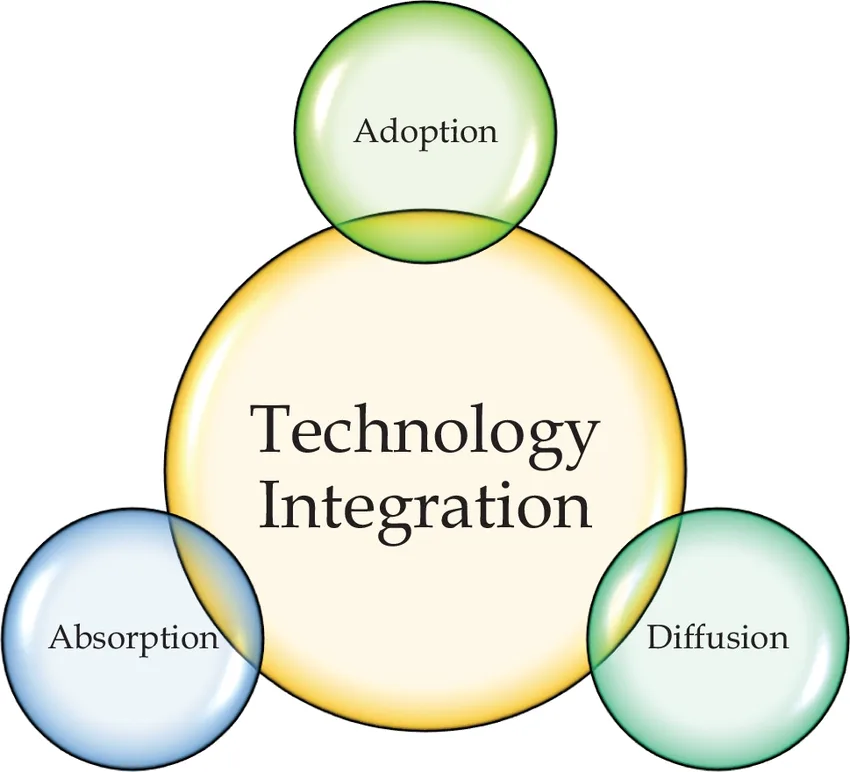
The more third-party applications are added to the ecosystem, the more opportunities are opened up for clients and businesses. For instance, BriteCore, a cloud-based platform for P&C insurers, can sync with DocuSign eSignature and other apps to improve operational efficiency and user experiences. This multi-integration allows for seamless connection of software-as-a-service with different tools, creating a joined-up system that meets all the needs and requirements of SaaS customers.
Enhancement of cybersecurity
Cybersecurity is gaining significant importance across various industries due to potential threats to business security and customer privacy. IT security and data privacy are also crucial for customer experience and customer service trends. CEO Andrew Pierce emphasizes the importance of cybersecurity for SaaS businesses, as it exposes them to risks such as cloud leaks and data breaches, endangering their reputation and customer information. For instance, Microsoft Azure’s cloud misconfiguration exposed data to 65,000 companies and 548,000 users.

To ensure software security, SaaS companies should create a cybersecurity checklist and implement preventative measures, such as investing in secure cloud hosting solutions and implementing a Cloud-Native Application Protection Platform (CNAPP). Insider attacks are also becoming more important, as they originate from individuals within an organization who have authorized access to sensitive data and systems but use it for personal benefit or harm. To address this issue, many firms are using threat management software to identify, detect, and mitigate insider threats before they cause significant damage.
No-Code/Low-Code Applications
In the SaaS sector, low-code/no-code apps are an intriguing trend. These apps are intended to enable anyone to build their software applications even if they have little to no coding knowledge. Users may create applications visually with low-code/no-code platforms by utilizing pre-built templates, pre-configured components, and drag-and-drop interfaces.
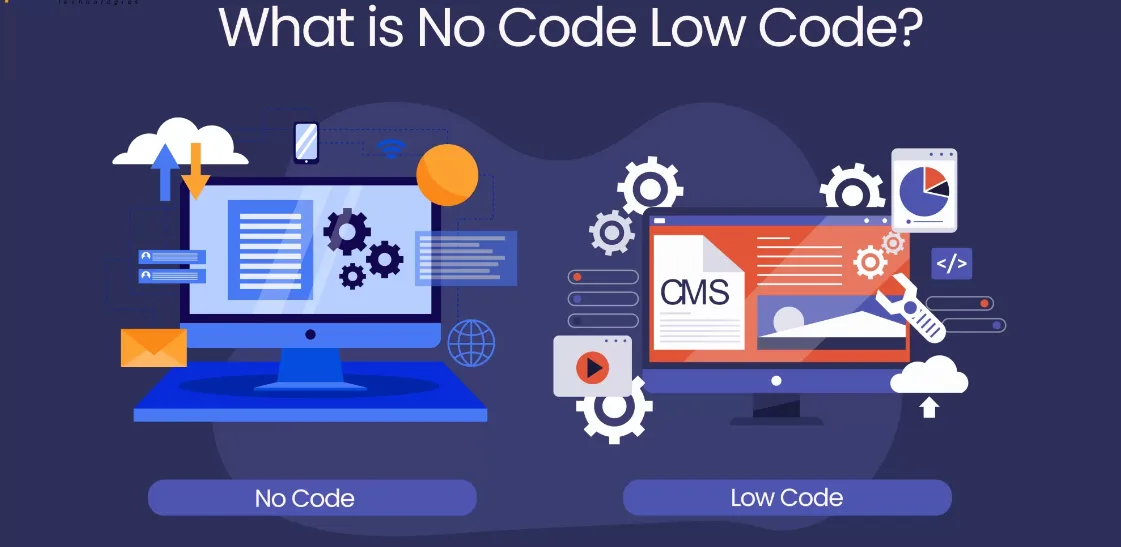
However, creating dynamic, scalable SaaS apps might aid you if you need support with the Low-code/No-code trend. With only a little coding expertise or experience, you may create and modify SaaS apps with the help of the experts’ platform and tools.
The Rise of Micro SaaS
A micro SaaS is a little tool created by an individual or team to enhance the features of already-existing micro SaaS products, such as extensions and add-ons. What makes mini SaaS popular, then? It assists entrepreneurs in surpassing significant rivals and securing a distinctive market niche.
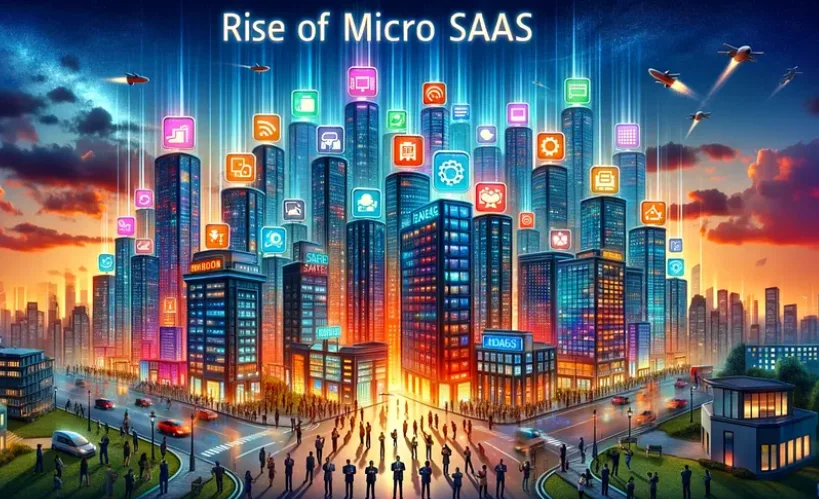
Micro SaaS products also have the advantage of not requiring further support from outside investment firms. Take a look at two well-known businesses that have used the mini SaaS model: the social networking software tool Social Sprout and the online editing tool Grammarly. They both still hold top positions in their sectors and have total financing of $200 million and $111.5 million, respectively.
By 2024, the software as a service (SaaS) sector is expected to have experienced tremendous growth and change due to new trends that are changing how companies create, implement, and maintain software solutions. These developments present exciting potential for efficiency and innovation, ranging from the growth of low-code platforms and the focus on cybersecurity to the advent of vertical SaaS and AI integration.
Businesses need to keep ahead of the curve as the industry develops by embracing these trends and using them to cater to the shifting wants of their clientele. Success in the SaaS sector mostly depends on flexibility, creativity, and a thorough grasp of client expectations. These qualities can be applied to improving user experience, adopting sustainability, or investigating novel pricing strategies.
SaaS firms may position themselves for long-term success in a market that is becoming more and more competitive by closely monitoring these developing trends and adopting them proactively. The SaaS industry will surely continue to develop as 2024 approaches, presenting fresh chances and difficulties for individuals prepared to accept change and push the frontier of what is conceivable.

